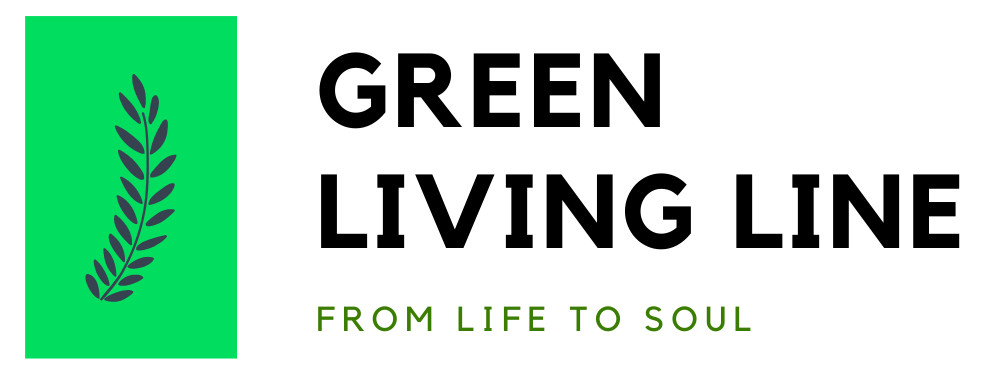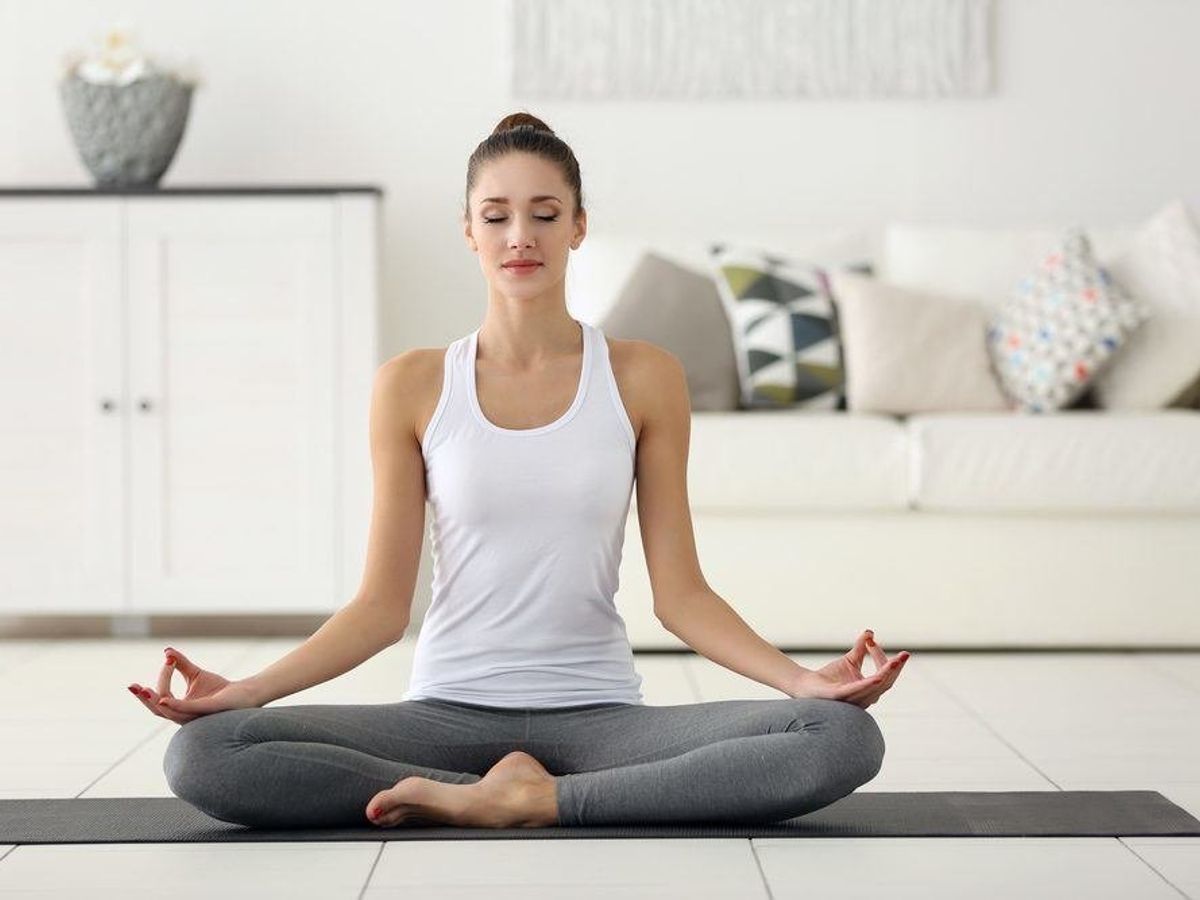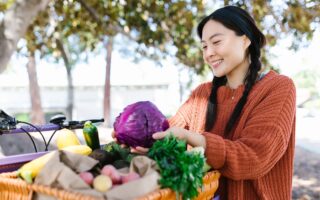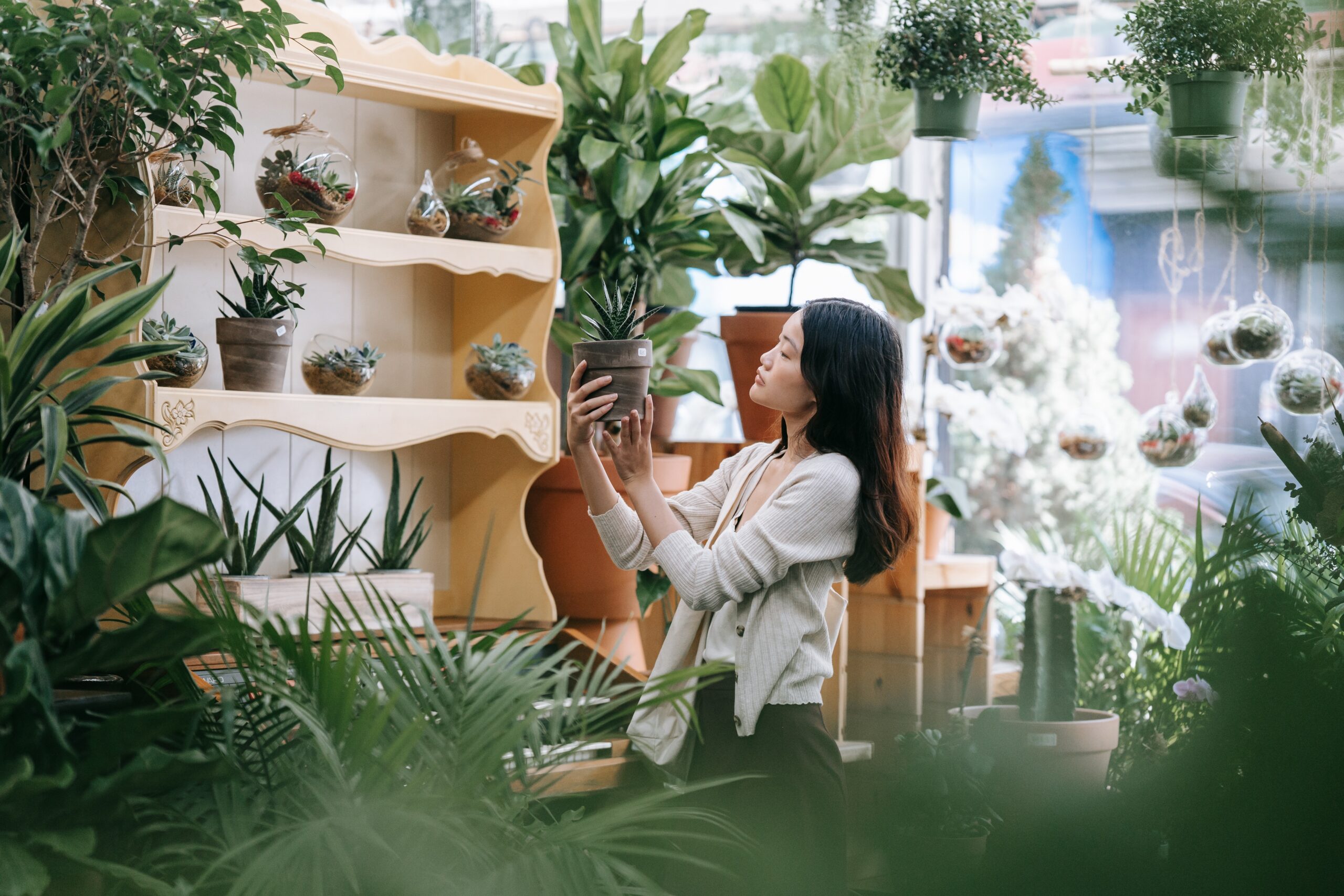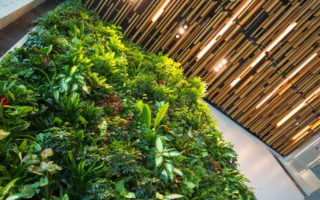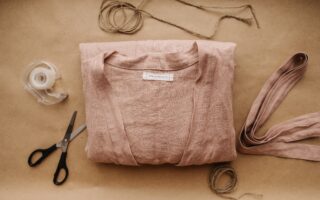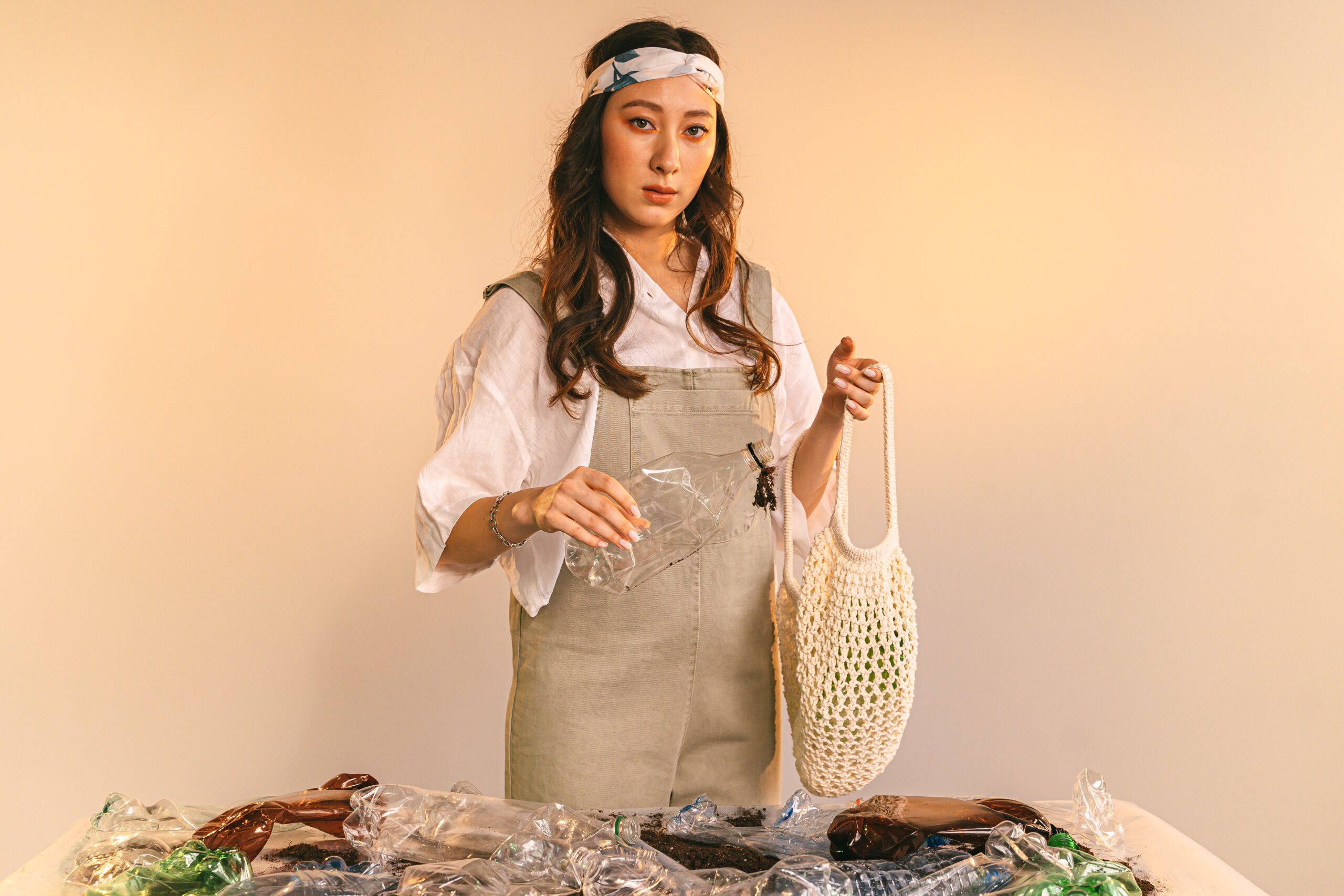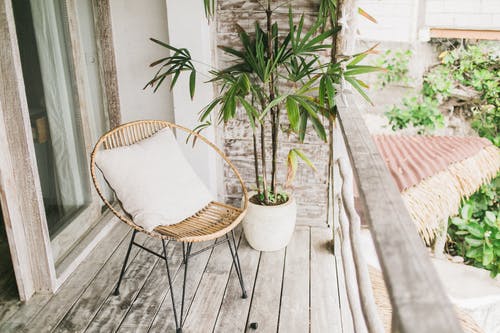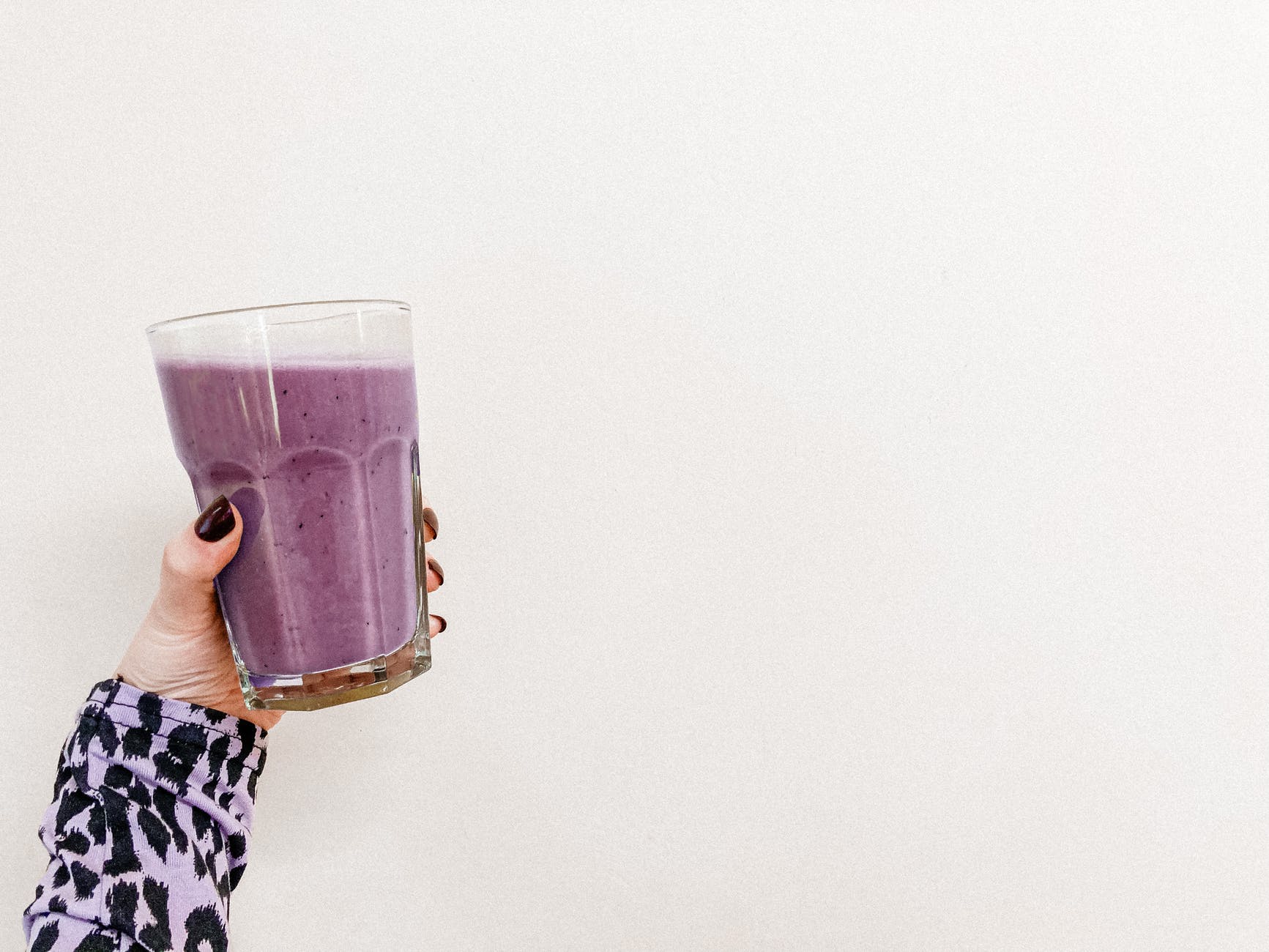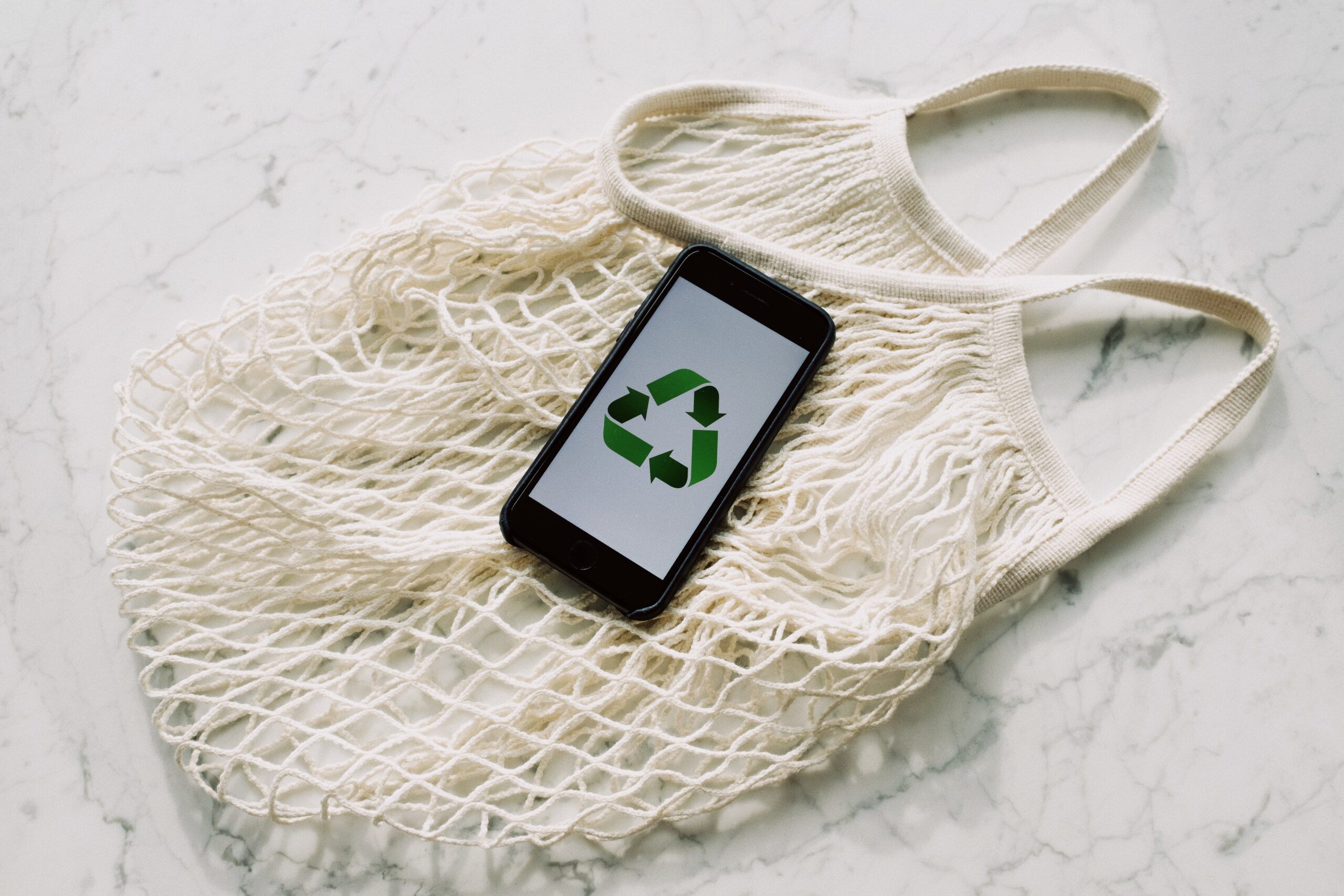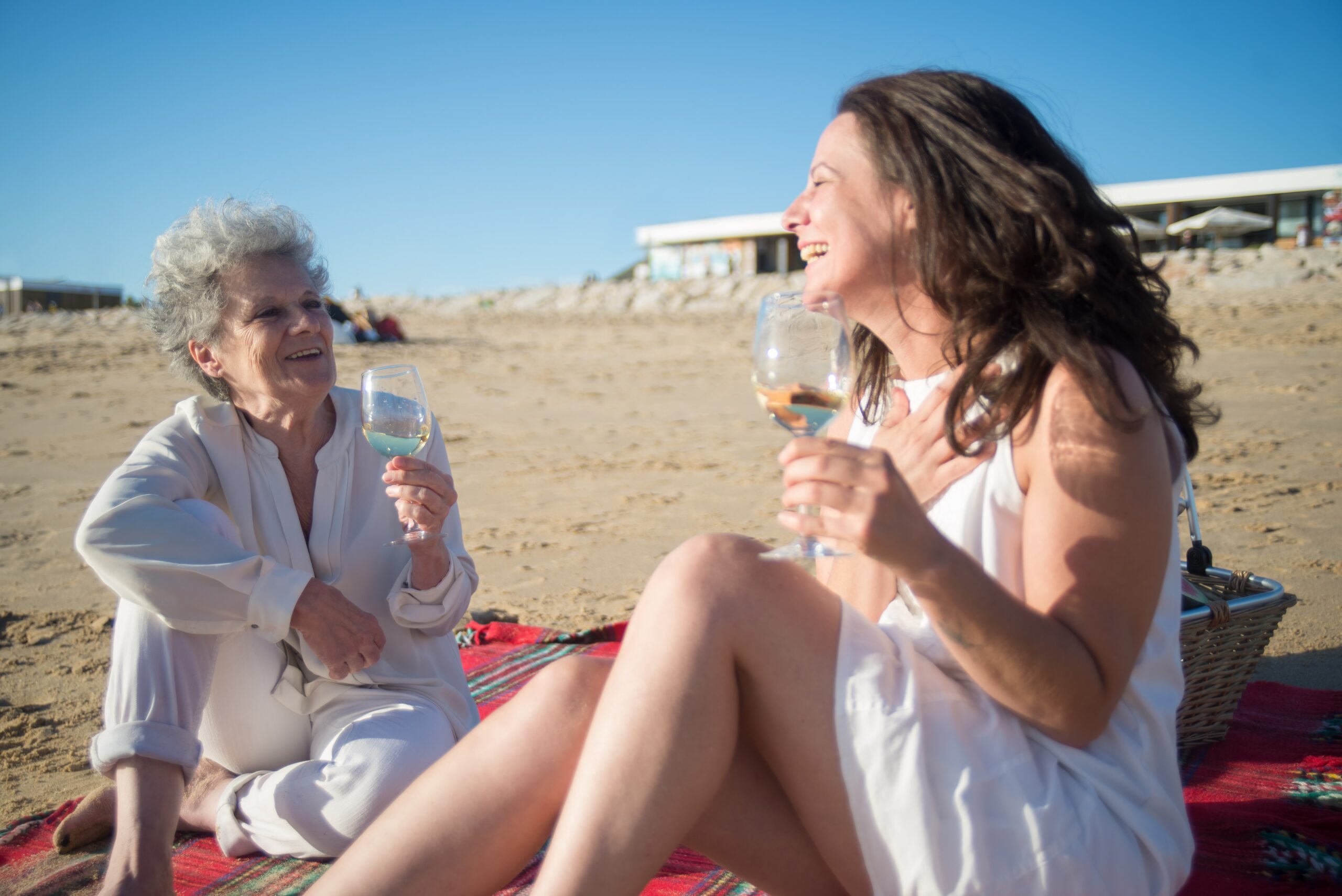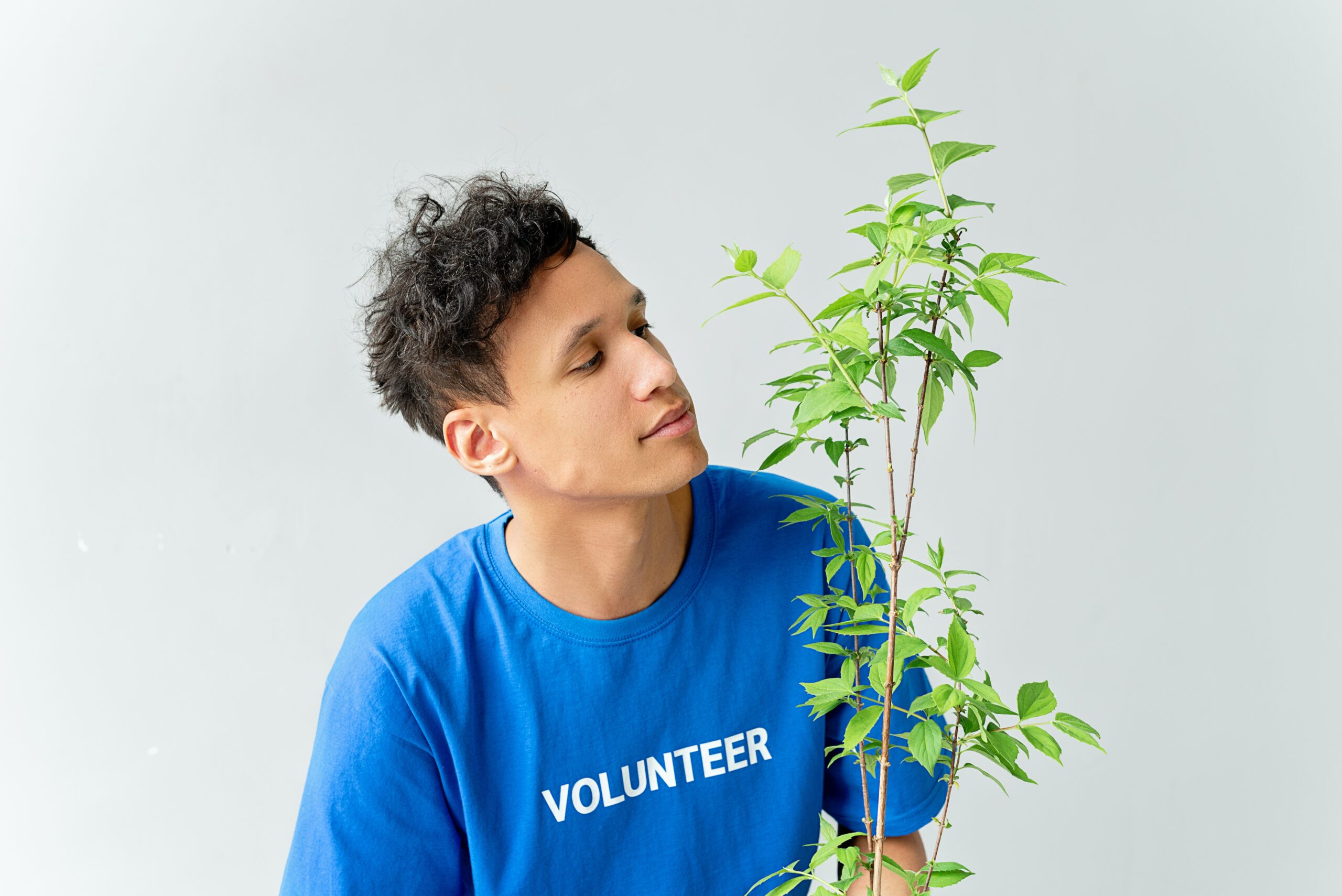Green living is a way of life that is getting more and more attention and acceptance by young people. This is a healthy lifestyle that helps to improve people’s natural living environment. Below are useful information about the green living story that List.com.vn wants to share with you. Read to understand what green living is. Thank you for appreciating this Earth. Take action to keep the Earth green.
Going green is a hot topic right now. Nature is screaming with the “pain” caused by man. The world is being destroyed, the environment is being destroyed. And what are you doing about this common “pain”. Let’s accelerate the process of bringing the world to the abyss faster? Or are you trying to save the world with us? If we are in the same boat, let’s share with List.com.vn the story of green living.

1. What is green living?
- Living green is not something tall, big. Going green is simply changing your living habits to make a difference in your life. What is the difference here? It is the reduction of the use of natural resources, avoiding negative impacts on the environment.
- The Earth is currently polluted at an alarming rate. Each of us is an individual on this planet. Yet, we are destroying this planet of life. If we are still absorbed in this “pleasure”, sooner or later the good person will still be us. But in fact, we have been, are and will continue to suffer the “whiplashes” from mother nature.
- To overcome that situation, we need to change our lifestyle. Actively live green to preserve this dear Earth. With just a few small tweaks, you can make a big difference.
2. 7 ways to live green
2.1. Save water
Water covers about 70% of the Earth’s surface, but the amount of clean water for human use accounts for only 3%. Saving water is something you need to do right now. The depletion of clean water sources is not new. But are you wasting water? If so, try changing it up a bit.
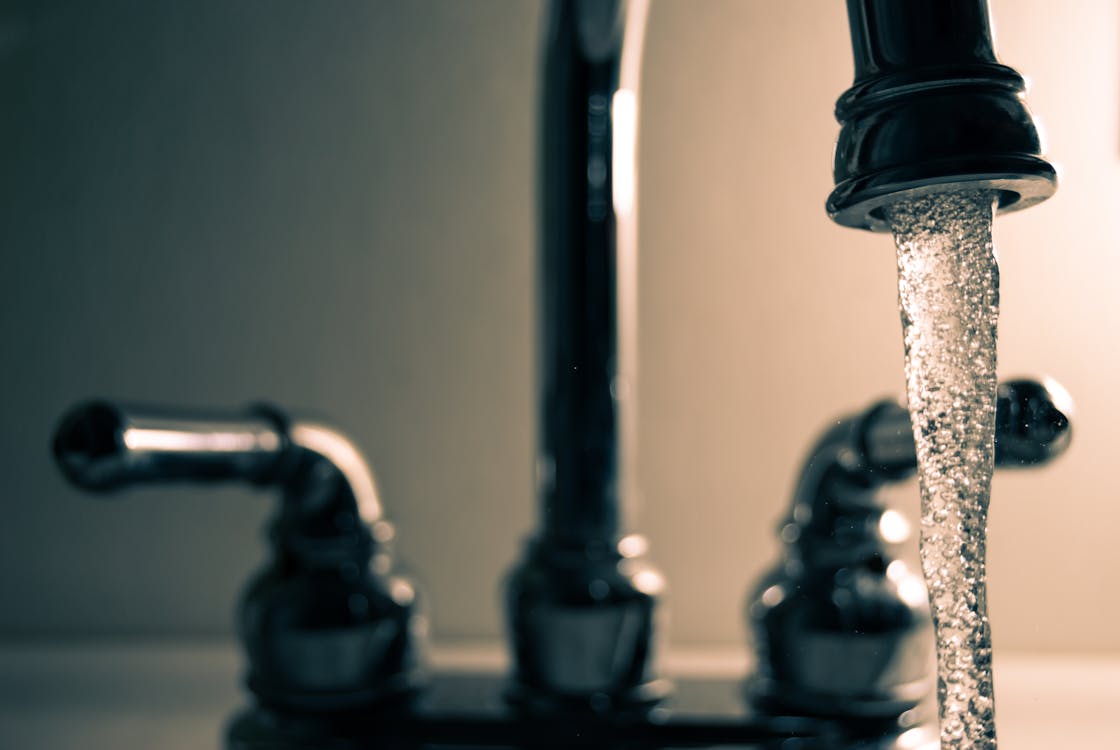
Alternative green lifestyle
- If you have a habit of letting the faucet run when you brush your teeth, get rid of it immediately. Turning off when not in use is one of the Earth Day tips that people and society respond to.
- Minimum bath time. Don’t waste water by taking a long shower.
- If possible, wash clothes in cold water instead of hot water. Use a short cycle to wash clothes: Make the most of the Eco Eco Wash in modern washing machines.
- Regularly check the pipes to make sure that your water sources are not leaking. Don’t look down on the tiny water drops that you think are tiny. Accumulate small into big, right? This also saves you some money by not having to pay for this wasted water.
- Install aerators on all your faucets. Aerators are inexpensive additions to the end of a faucet that reduce water flow while improving the pressure of the faucet stream.
- Install a low-flow showerhead. It works in much the same way as an aerator – aerating the water stream, improving pressure and saving a lot of water and energy.
- Boil only as much water as you need.
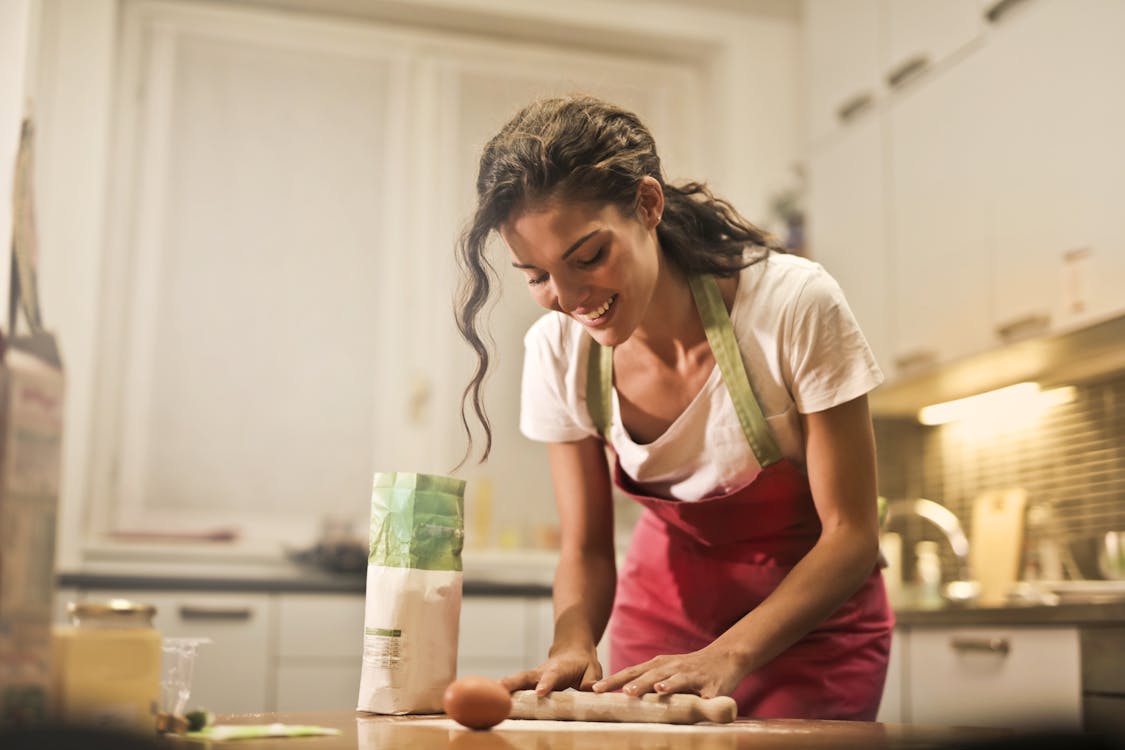
2.2. Change means of transportation
- Leave your car at home if it’s not too rushed and urgent. If possible, instead of using your own car, use it as much as possible. This has great significance, contributing to the reduction of the greenhouse effect and traffic congestion. Not only that, this action will also limit your direct exposure to polluted air as well as the stress of driving.
- If possible for not too far distances, use a bicycle or walk to reduce emissions to the environment. At the same time, this action is also very good for your health.
- Drive safely and drive at a moderate speed. This not only helps ensure safety, but also helps you save gas.
- When standing at a red light, if the waiting time is over 25 seconds, remember to turn off the engine. This will help significantly reduce emissions into the environment. Although it is only a small action, multiply it by the number of times we stop at a red light. Moreover, if it is replicated to more people, it will be great. Emissions will decrease with a huge number that you do not expect.

2.3. Garbage sorting
- Sounds unrelated, right? Do you wonder why sorting waste is relevant to your green living? It’s not unreasonable. Separating your trash will make it easier for you to recycle. You can recycle yourself if possible. Or when the garbage has been sorted, it will help the garbage collector to easily take it to the appropriate treatment place.
- Recycling will save you and society a huge amount of resources. This is one of the practical environmental protection solutions you can immediately apply in your daily life.
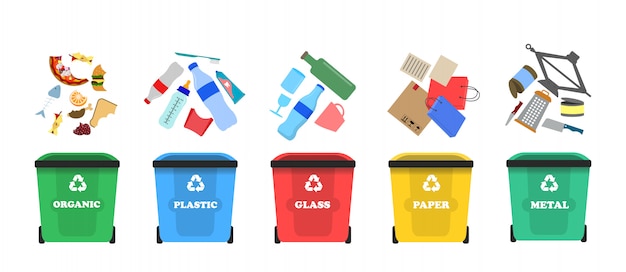
2.4. Energy saving
One of the effective ways to live green is to cut down on energy sources in the house. To make your home greener, saving energy brings real benefits. Although energy saving techniques require an initial financial cost, in the long run the amount you save it is much more. Here are some improvements to help save energy.
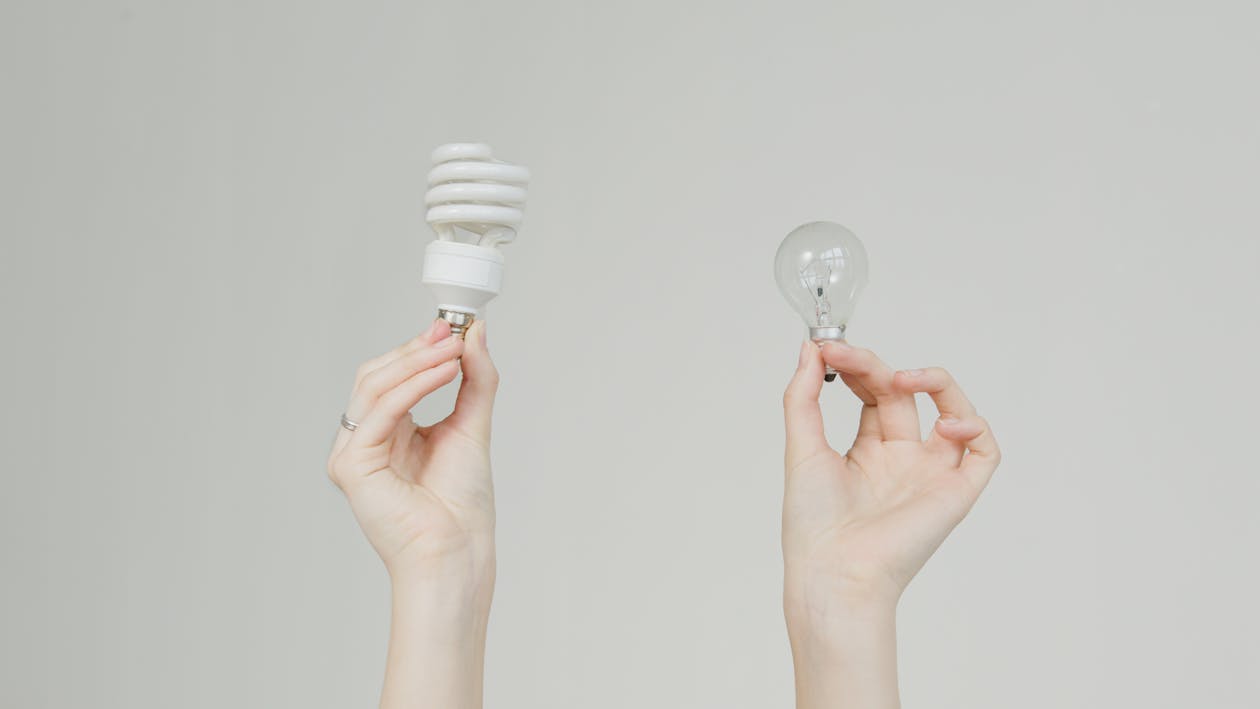
2.4.1. Use low energy light bulbs
- Compact fluorescent lamps (CFLs) save energy and money. Currently, on the market, there are also LED lights – a type of light bulb that saves more energy than CFLs. You can choose to buy the most suitable and environmentally friendly products.
- These types of bulbs typically use only one-third to one-fifth as much electricity as traditional incandescent bulbs.
- Not only that, these types of bulbs also have a very long life. It can be eight to fifteen times more than traditional light bulbs.
- If you are buying new appliances for your home, look for products that help save energy.
In addition, you can also save energy by defrosting your refrigerator regularly.
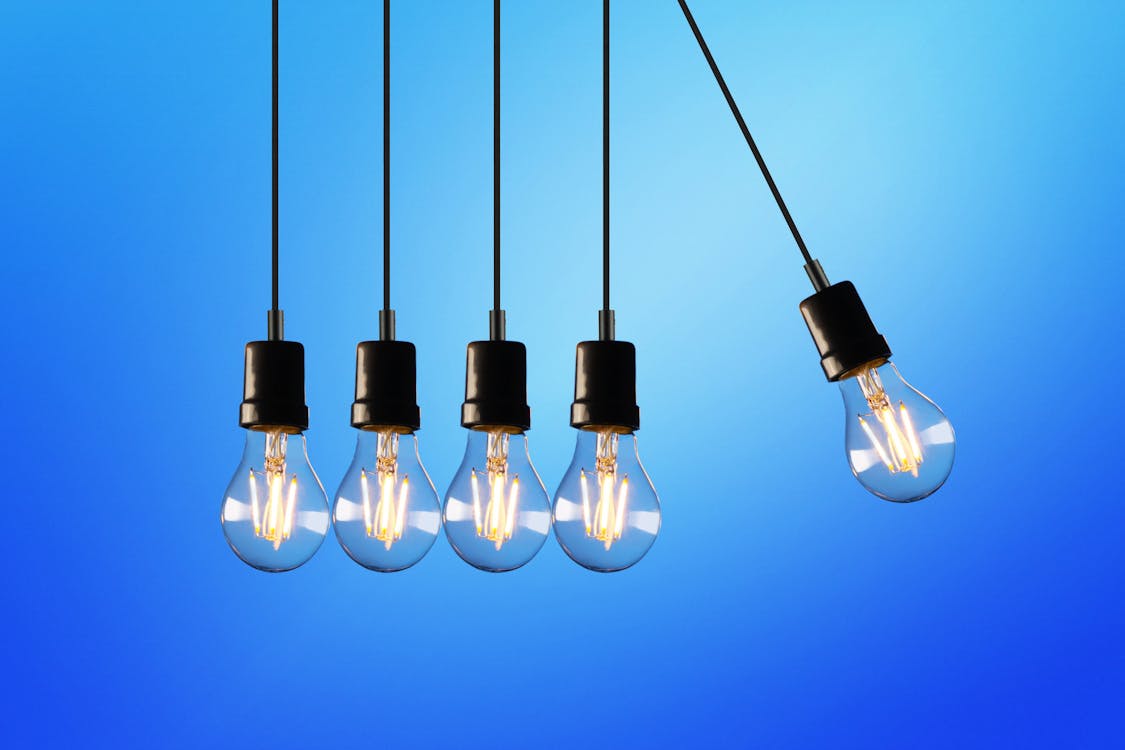
2.4.2. Turn off appliances when not in use
- When you leave electrical appliances such as computers, audio-visual equipment (TV) and kitchen equipment go into standby mode instead of directly using electricity. If you are not using these devices, you should turn them off completely.
- In particular, we often leave the TV in standby mode. Standby is a mode that turns off the TV but has red light. This can cause up to 80% more power consumption than the TV left on. So, when not in use, turn it off completely with the on-screen switch, not just with the remote.
- Unplug your charger when your phone, laptop or tablet is fully charged.
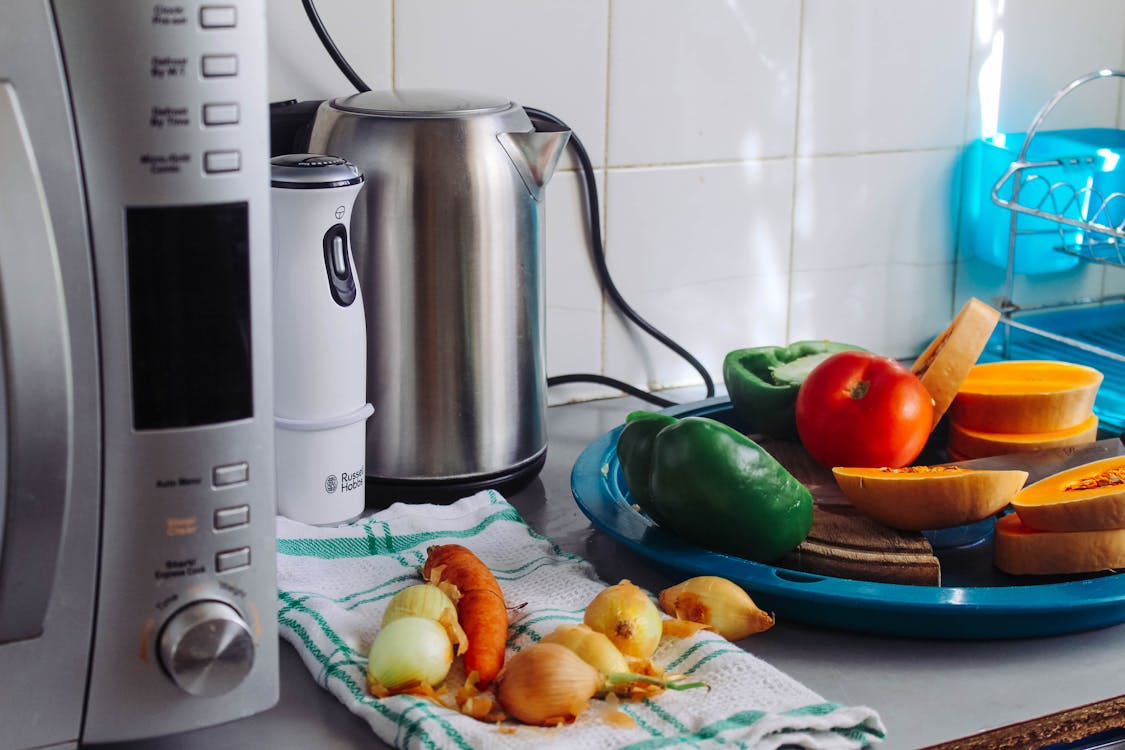
2.4.3. Save energy when washing clothes
- Make sure that the washing machine drum is full. If possible, wait for enough quantity and then wash. Because using the washing machine many times will cause unnecessary energy waste.
- Wash clothes at a low temperature: Most of the energy used in laundry is used to heat the water, so always choose a lower temperature when possible.
- Make use of the sun to dry clothes: Drying clothes uses a large amount of electricity, so if possible, dry clothes in natural wind and sunlight instead of drying with a machine.

2.4.4. Go green while cooking
- Cover pans when cooking : Whenever you cook on the stove, always try to cover the pan – This reduces the amount of energy escaping from an open pan, plus the time it takes to reheat food and boil water. .
- Tighten the gas cylinder when not in use : To ensure that the gas does not escape and ensure the safety of the family.
- Choose to buy good, quality cookware : To save cooking time as well as avoid the release of harmful substances into the environment from the utensils when heated.
- In addition, if possible, choose to buy utensils that are made from plants instead of plastic. Another small suggestion is that you can replace the expensive detergent with environmentally friendly products such as baking soda, salt, lemon, cornstarch, vinegar, etc.
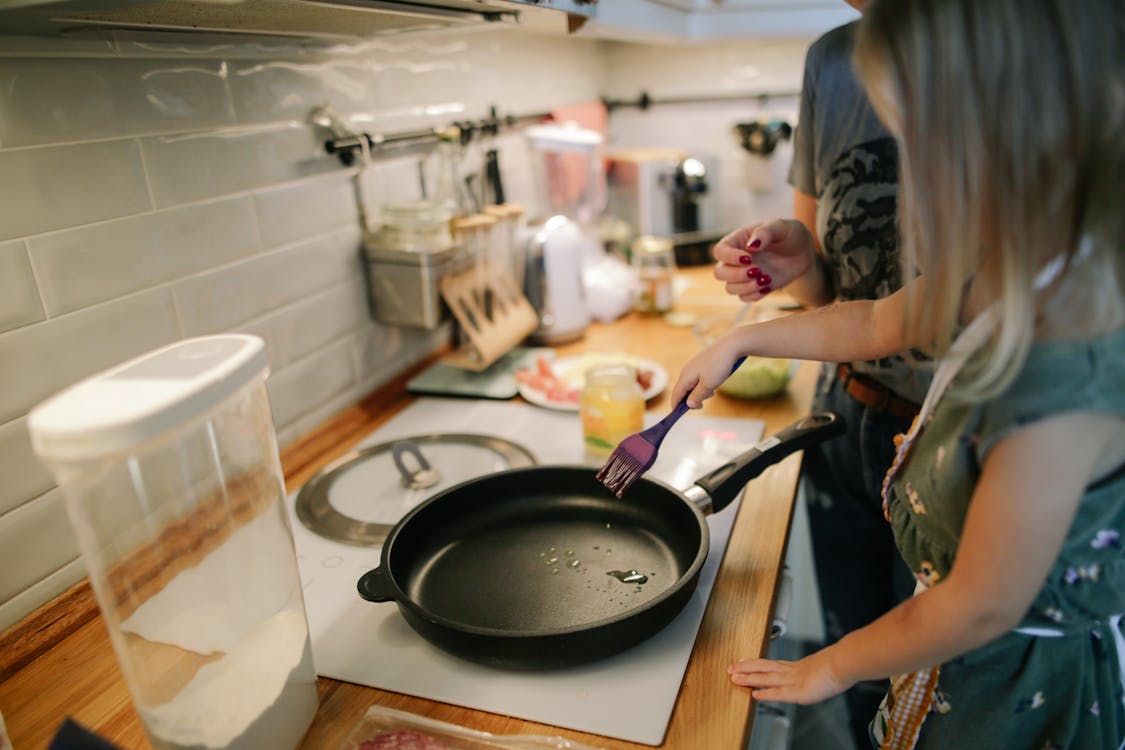
2.5. Go green with food
The world’s population increases, the demand for food increases, and the stress on ecosystems and habitats also increases. The issues surrounding food production, supply and consumption are extremely complex. To help reduce the environmental impact of what you eat, try these considerations:
- Choose local, seasonal produce. This will greatly reduce the pollution compared to products shipped from far away. At the same time, it also means that you are appreciating your local products. Not only that, this also contributes to helping the people where you live.
- If you eat meat, reduce the number of meaty meals you eat each week. Reducing meat consumption is one of the environmental protection measures that you can apply. Both environmentally friendly and healthy.
- If you eat fish, choose sustainably sourced species and fishing methods. Please avoid eating fish contaminated with mercury (As a result of industrial pollution).
- Avoid foods with unnecessary packaging. Because this is adding to the amount of waste. Therefore, this is not necessary and should not exist.
- Always look for food that is sustainable and eco-friendly. The environment is protected, the economy is enhanced as a result of this action.
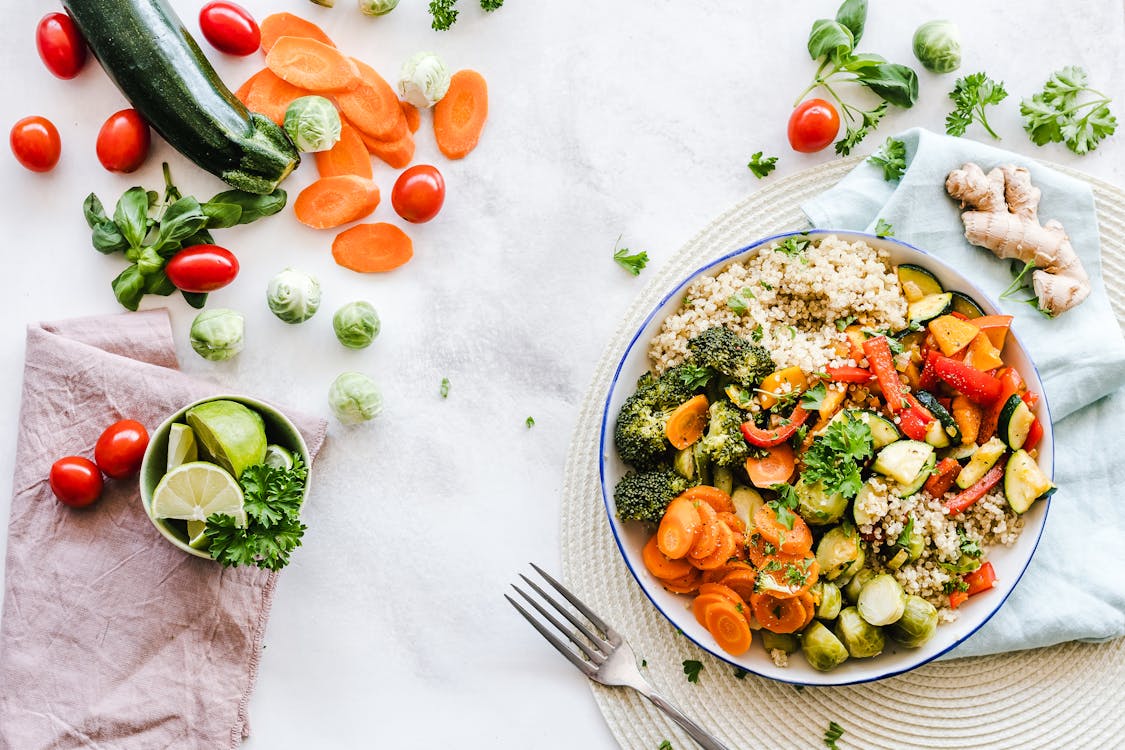
2.6. Plant many green trees
- Trees play a very important role in our life. Trees help absorb CO2 and provide a large amount of O2. This process will help you space more comfortable, relaxing.
- Plant more trees to improve the environment around us. Trees are really essential for our life. It is not only the best air purifier but also a natural air conditioner that returns you a cool, fresh space.
- You can also make your own small garden. This will greatly reduce the burden on the environment. Which is to reduce pollution due to transportation, reduce pollution due to damage, reduce pollution due to preservatives, etc.
- Or if you can’t create that little garden, you’re confused about time and space, don’t worry. You can grow something as simple as a pot of herbs or a sack of potatoes on your windowsill. This is an environmental protection measure that is both beautiful and economical.
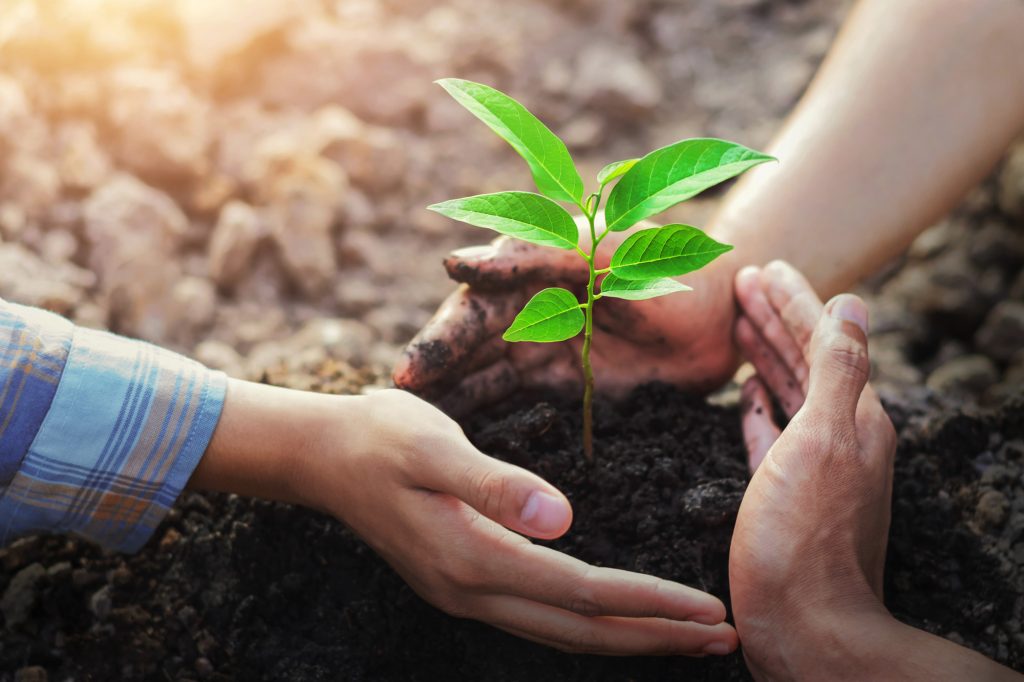
2.7. Making fertilizer for indoor plants
- The waste of food and drink must be no stranger to us. Too much food is left behind and becomes waste for the environment. The waste of this large amount of food means wasting a large amount of energy and money to produce this wasted food.
- One idea for this leftover food is to turn it into fertilizer for your bonsai. Use what food you waste to create a compost pile. If you can’t do that but need compost, then buy compost without peat. All-purpose compost is typically obtained from the peat beds that make up the lowland marshes that are important wildlife habitats.

3. Other practical green lifestyles
- It’s raining already. Quickly bring a bucket and collect cool drops of water from nature to wash hands, feet or clean the house quickly.
- Let’s save the bees! Yes, you did not hear wrong. Because these bees are only tiny, but carry a great responsibility. They help in pollinating the flora of this Earth. However, they have been gradually eradicated by pesticides. To be able to help the “bee community” you can buy organic honey (which helps support natural beekeeping practices) or donate to charities that are directly helping these bees.
- Don’t buy plastics and don’t dump them: Avoid the use of plastic bags as much as possible. Also, recycle when possible. Get rid of the concept of bottled water. Bottled water is the leading culprit for plastic waste.
- Reduce the screen brightness of your computer and phone to the lowest level that you are comfortable with. Also, choose a power saving mode for your devices.
- If possible, use electronic invoices instead of paper invoices. At the same time, delete unnecessary spam.
4. Why is it difficult to implement green living actions?
4.1. The first problem of green living is money
- Exactly, money is the first issue. Why? That’s too obvious. Most of the environmental protection products are quite expensive compared to other products.
- If in the past you did not have to spend any money on cups and plastic straws when buying drinks, you have to spend a good amount of money on thermos bottles, stainless steel cups, stainless steel straws, etc. that’s pretty good.
- Add a little bit more, when you want to use organic soap. If normally you only spend about ten to twenty thousand for a bar of soap, now you have to pay more than eighty thousand or more for organic soap. More than 4 to 5 times.
- However, like an investment, it costs you initial capital but benefits in the long run. A great benefit that money cannot bring is a healthy lifestyle, healthy body, fresh and clean environment.

4.2. Skip the door-to-door delivery service
- Using a door-to-door delivery service also means accepting a pile of plastic waste. If it is food and drink, it will be spoons, chopsticks, lunch boxes, plastic cups, plastic bags for food, sauces, etc. If it is goods from a courier service, then paper boxes, duct tape, nylon, …
- Therefore, to live green forces you to overcome laziness and not allow yourself to rely on the world of comfort. That means you have to cook for yourself, go to the store yourself, or constantly have to copy / paste the request “no need for plastic wrap” to all orders to reduce waste and convenience. .
- That’s the theory, but in practice it’s a little different. Declining delivery in today’s busy world doesn’t seem very feasible. In some cases of force majeure, you must use it only.

4.3. Living green is carrying a few burdens
- Heavy both literally and figuratively. Literally, it is your backpack adding a bunch of water bottles, lunch boxes, bags, etc. Heavy shoulder is the first burden of a green lifestyle.
- The second is brain heavy. As pioneers in the practice of a green lifestyle, it is certainly not a habit that has been practiced since childhood. Therefore, remembering to bring a cup, a vase, a lunch box or preparing how many boxes and cloth bags to go to the market to buy meat, fish, food, etc. is a process of thinking and preparation. .
- The third is heavy heart because saying no to plastic bags is not easy at all. You can take the box to the market to buy things and put it in it. However, for the supermarket, there will certainly be no protection to bring your box in. To hold a large amount of stuff, you must prepare a large bag. And in order not to forget to bring these items, you must prepare from the night before to protect your goldfish brain.
Going green is not necessarily easy. However, no change is easy. Therefore, in order to turn this world back to its original green color, there must be people who dare to stand up, dare to live differently. It is true that “one swallow does not make a spring”. But you do, I do, we do it together. Change from the smallest actions and then the “pains” of mother nature will gradually lessen. Let’s join hands for a green world.
